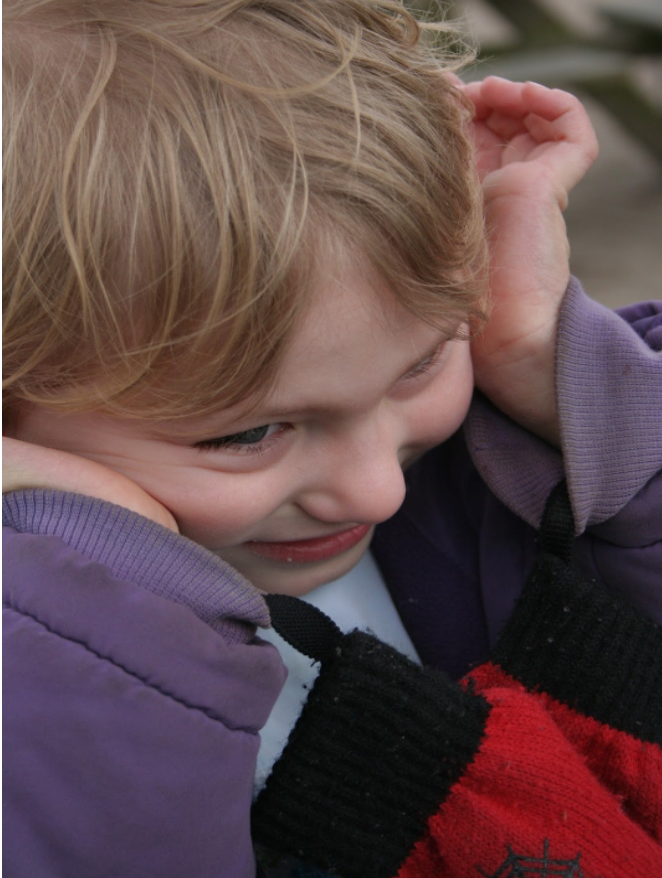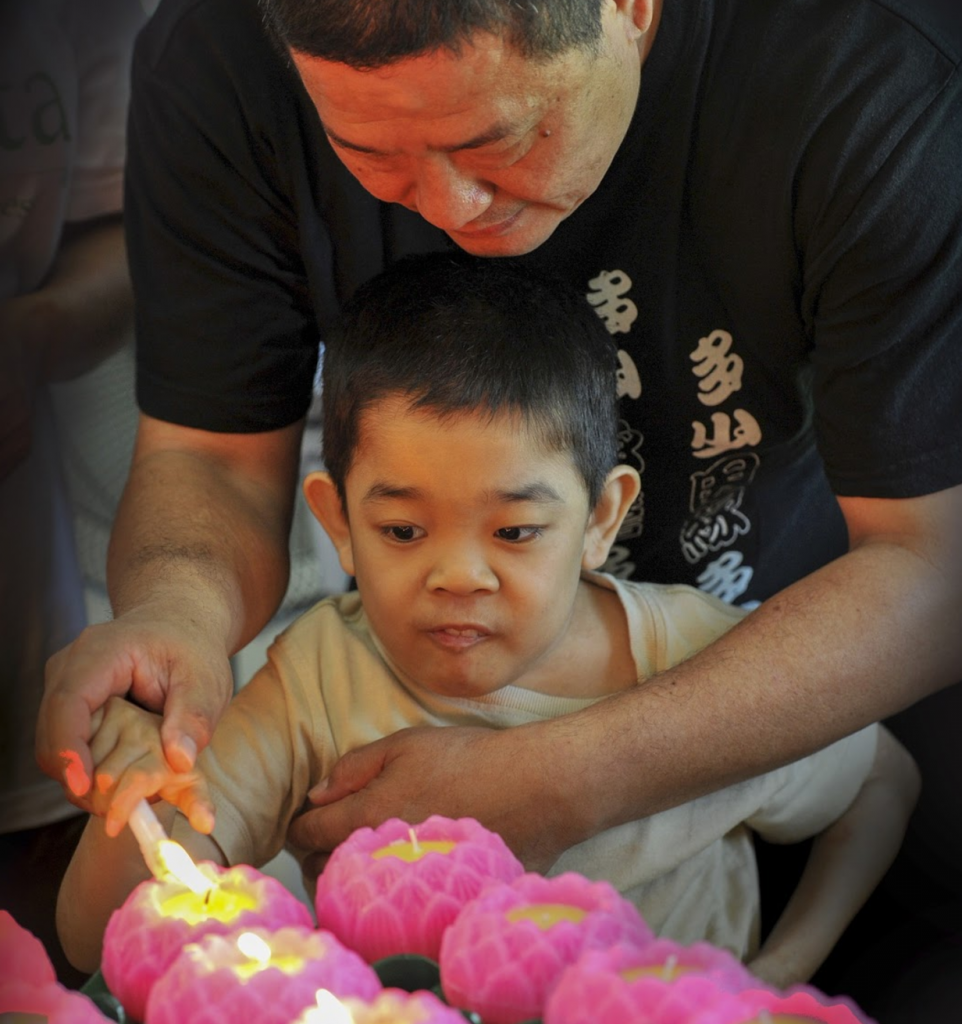How to help your autistic child thrive

Does your child suffer from Autism Spectrum Disorder (ASD)? You can help him or her to overcome challenges, but you should also seek the support you need. Taking care of yourself is not a selfish act; you need to do it because emotional strength allows you to be the best parent you can be.
While your child might never grow out of this condition, some treatments can help him/her to overcome the developmental challenges and attain new skills. From school-based programs to free government services, you will find help for your child’s needs.
Here are some tips that will help your child to thrive:
Providing safety and structure
Learn as much as you can about ASD if you want to provide the best care. These tips will help you to provide structure and safety in your home:
Be consistent
Children with ASD find it hard to apply what they learn in one setting to a different one. For instance, your child might have no problem using sign language at school but will not think to use it at home. You should reinforce learning by creating a consistent environment.
You can do this by finding out what is aba therapy, a therapist or teacher is teaching and doing it at home. Can your child have therapy in different places? You should explore this possibility to encourage your child to transfer what he/she learns from one place to another. You also need to show consistency in the way you deal with his/her challenging behaviors.
Stick to a schedule
Kids with ASD thrive best when they have a well-structured routine. This just goes to show how important consistency is to them. Start by creating a schedule for your child with regular meal, bed, and therapy times.
Keep any disruptions to this routine at a minimum and if you cannot avoid it, make sure that you prepare your child in advance.
Reward good behavior
In children with ASD, positive reinforcement can go a long way. When they act appropriately, you should praise them and be specific about the behavior you are encouraging.
Find nonverbal ways to connect
Connecting with a child who suffers from ASD is challenging. However, you do not need to touch or talk to communicate; you can do communicate through looks, body language, and tone of voice.
Look for nonverbal cues
If you are attentive and observant, you should be able to pick up nonverbal cues from your child. Pay attention to their facial expressions, gestures, as well as the sounds that they make.

Make time for fun
A child who is dealing with ASD is still a child. For parents and children with ASD, there should be more to life than therapy. Find out ways that you can have fun together by doing things that make you laugh and smile.
You can get numerous benefits from enjoying time with your child. Make sure that you choose an activity that does not feel like work.
Pay attention to sensory sensitivities
Children with ASD are hypersensitive to light, taste, and sound. On the other hand, some children might be under-sensitive to stimuli. Once you figure out which smells, sounds, movements, and sights elicit bad behavior or trigger positive response, you will be able to deal with them accordingly.
Create a personalized treatment plan
With so many kinds of treatment available, you need to figure out the right one for your child. According to one of the ABA therapy michigan based professionals, when coming up with a treatment plan for your child, you should remember that no single treatment would work for everyone. It could develop socially important behavior significantly.
















I’m glad there is more awareness about autism, but it helps to have suggestions like this for practical every day reality, how to help your child thrive, not just survive.
Some great tips for parents of kids on the autism spectrum.
This condition sounds like quite a challenge. Thanks for posting!